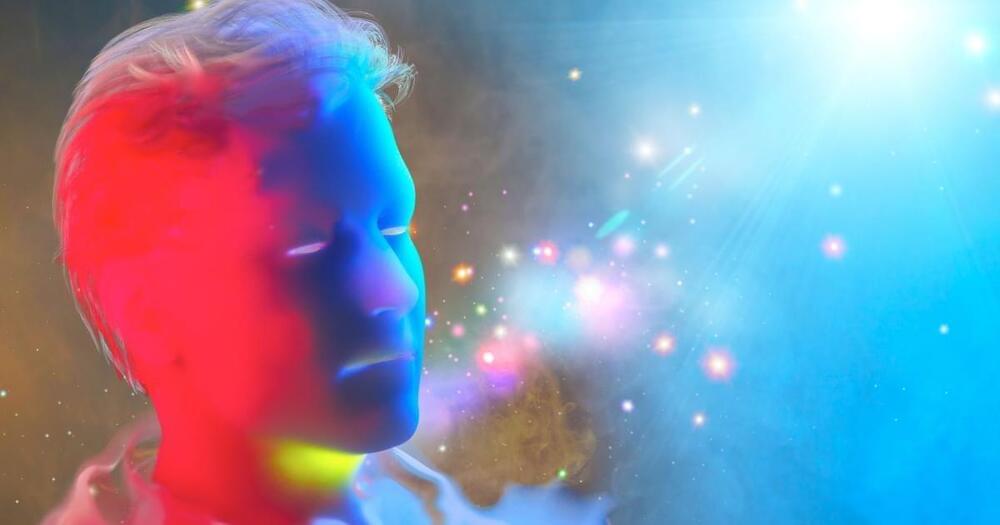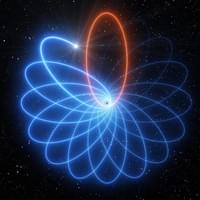
Category: futurism – Page 631


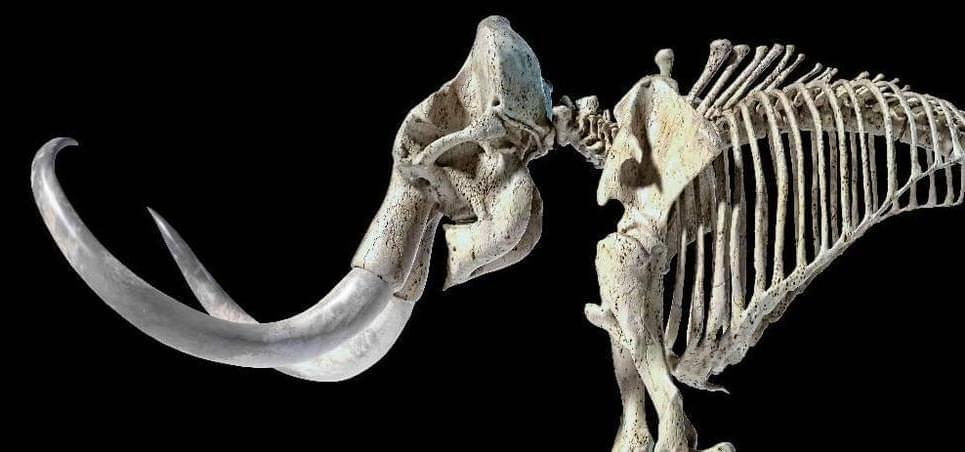
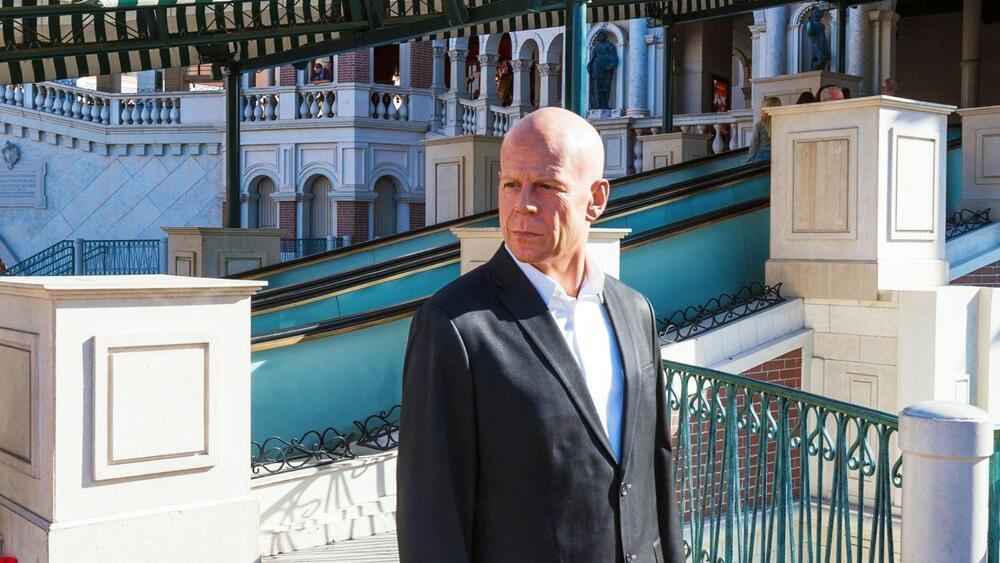
No, Bruce Willis did not sell his face to deepfake firm Deepcake
He did do a deepfake commercial last year.
A spokesperson for Bruce Willis has come forward and told the BBC
In addition, a representative of Deepcake added that currently, only Willis had the rights to his face.
False reports.
As deepfake technology evolves, rumors circulate of actors selling the rights to their image. Is this actually happening or is it just fear mongering? How quickly is the industry progressing?

Man sells 3D-printed firearms to a buyback program for $21,000
The man printed 110 firearms.
An upstate New York man told New York’s WKTV.
“I 3D-printed a bunch of lower receivers and frames for different kinds of firearms,” Kem told WKTV. “And he sees the tote and says, ‘how many firearms do you have?’ And I said, ‘110.’”
The idea came to him after seeing some relevant Twitter posts. New York AG’s “Cash for Guns” program tells residents that they can trade in firearms for money and many people on Twitter were considering doing so. This inspired Kem to use a $200 3D printer he’d gotten for Christmas to make some cold hard cash.
However, Kem added that getting his money was not so easy. He had to haggle and negotiate with the Attorney General’s Office staff. He ended up spending his whole day in this endeavor.

Why Cloud Databases Need to Be In Your Tech Stack
Enterprises are seeking ways to modernize their operations. Emerging as a critical element in the digital transformation tech stack are cloud databases.
Having the right cloud database can help address the range of applications companies depend on and also those that they build, from the cloud to mobile and edge. For companies aspiring to provide better and more personalized customer experiences, implementing a DBaaS (database as a service) should be a key consideration.
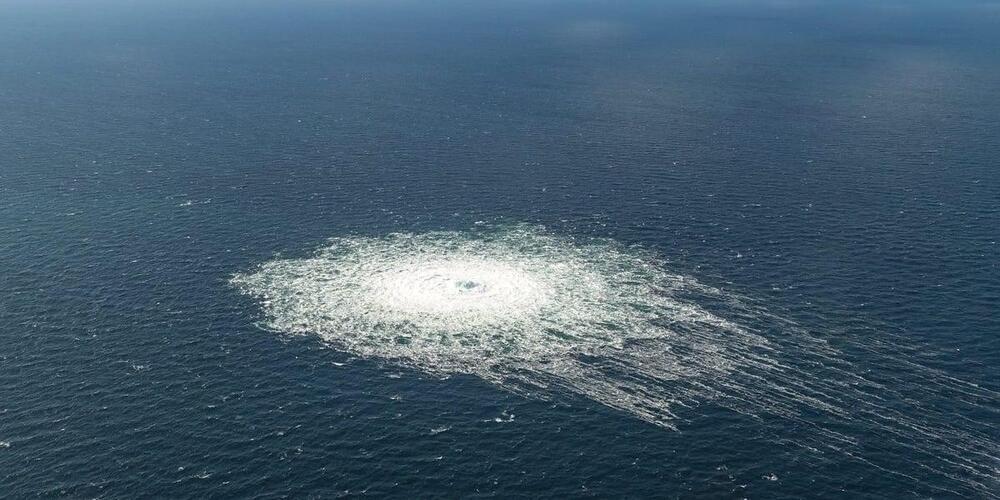


Real Nightclubs Opening Virtual Dance Floors
What’s a Metaverse, and Why is One Having a Fashion Show?
Experiential Marketing Meets Social Commerce in the Metaverse
For all the hype of the metaverse as the future of entertainment, retail, and social media, there’s only one business that has an actual, proven track record: Concerts from recording artists like Arianna Grande and Travis Scott have drawn millions of fans.
